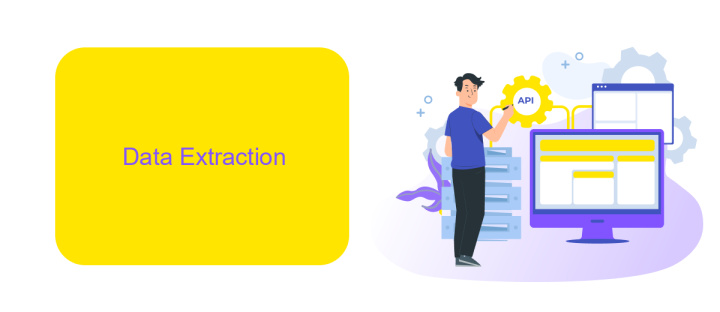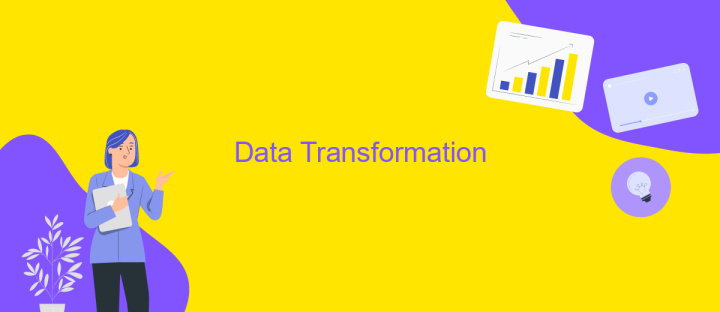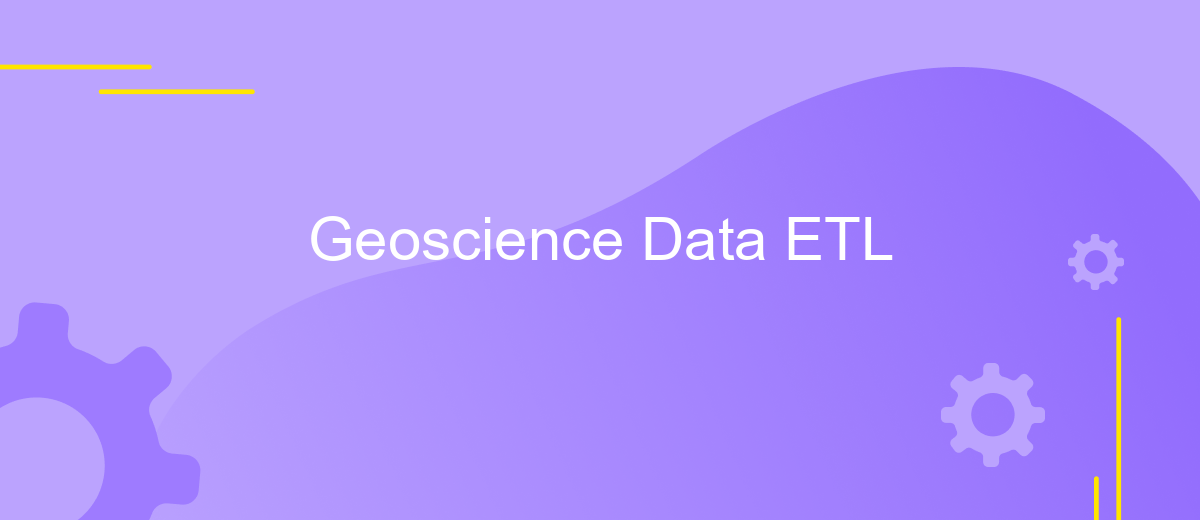Geoscience Data ETL
Geoscience Data ETL (Extract, Transform, Load) processes are crucial for managing and analyzing vast amounts of geological data. These processes enable the extraction of raw data from various sources, its transformation into a usable format, and its loading into databases for further analysis. Efficient ETL workflows enhance data quality and accessibility, facilitating more accurate and insightful geoscientific research and decision-making.
Introduction
Geoscience Data ETL (Extract, Transform, Load) is a crucial process in the field of geoscience, enabling the efficient management and analysis of vast amounts of data collected from various sources. This process ensures that data is accurately extracted from raw formats, transformed into usable forms, and loaded into databases or data warehouses for further analysis.
- Extraction: Gathering raw data from diverse sources such as satellite imagery, geological surveys, and sensor networks.
- Transformation: Converting raw data into structured formats, cleaning, and enriching it to ensure accuracy and consistency.
- Loading: Storing the transformed data into databases or data warehouses for easy access and analysis.
To streamline the ETL process, tools like ApiX-Drive can be instrumental. ApiX-Drive facilitates seamless integrations between various data sources and platforms, automating the data flow and reducing manual intervention. This not only enhances efficiency but also ensures data integrity, making it an invaluable asset in geoscience data management.
Data Extraction

Data extraction in geoscience involves systematically retrieving raw data from various sources, such as satellite imagery, geological surveys, and environmental sensors. This process is critical for ensuring that the subsequent transformation and loading stages have accurate and relevant data to work with. Effective extraction techniques often require a combination of automated scripts and manual interventions to handle the diverse formats and structures of geoscience data.
One of the key tools that can streamline the data extraction process is ApiX-Drive. This service allows for seamless integration with multiple data sources, automating the extraction of data into a unified format. By utilizing ApiX-Drive, geoscientists can save time and reduce the risk of errors associated with manual data handling. The platform's user-friendly interface and robust API capabilities make it an invaluable asset in the data extraction phase, ensuring that high-quality data is readily available for analysis and decision-making.
Data Transformation

Data transformation is a critical step in the ETL process, especially in the field of geoscience where data comes in various formats and from multiple sources. This step involves converting raw data into a more usable format, ensuring consistency, and preparing it for analysis.
- Data Cleaning: Remove any inconsistencies, duplicates, or errors in the data to ensure its accuracy.
- Data Normalization: Standardize data formats, units of measurement, and coordinate systems to maintain uniformity.
- Data Integration: Combine data from different sources, ensuring that they are compatible and can be analyzed together.
- Data Aggregation: Summarize and group data to provide higher-level insights and facilitate easier analysis.
- Data Enrichment: Enhance the dataset by adding relevant information from external sources.
For seamless data integration, services like ApiX-Drive can be invaluable. ApiX-Drive allows you to automate data transfers between various platforms, ensuring that your geoscience data is always up-to-date and readily available for transformation. This not only saves time but also minimizes the risk of manual errors, making the entire ETL process more efficient.
Data Loading

Data loading is a critical step in the ETL (Extract, Transform, Load) process, especially in geoscience data management. This phase involves transferring the cleaned and transformed data into a target system, such as a data warehouse or a geospatial database. Efficient data loading ensures that the data is readily available for analysis, visualization, and decision-making.
To achieve seamless data loading, it is essential to consider the structure and format of the target system. Geoscience data often includes large datasets with complex structures, such as raster and vector data, which require specialized handling. Utilizing automated tools and services can significantly enhance the efficiency and accuracy of this process.
- Ensure compatibility with the target system's data format.
- Optimize data loading performance to handle large datasets.
- Implement error handling and data validation mechanisms.
- Utilize integration services like ApiX-Drive for automated data transfers.
By leveraging tools like ApiX-Drive, organizations can automate the data loading process, reducing manual effort and minimizing errors. This service allows for seamless integration between various data sources and target systems, ensuring that geoscience data is loaded efficiently and accurately. Proper data loading practices are crucial for maintaining the integrity and usability of geoscience datasets.
Conclusion
In conclusion, the process of ETL (Extract, Transform, Load) in geoscience data management is critical for ensuring that vast amounts of diverse data are accurately and efficiently processed. By integrating various data sources, transforming raw data into meaningful formats, and loading it into storage systems, ETL workflows enhance the usability and accessibility of geoscience data. This process not only supports robust data analysis but also facilitates better decision-making in scientific research and practical applications.
Utilizing services like ApiX-Drive can significantly streamline the ETL process by automating data integrations and reducing the manual effort required. ApiX-Drive offers a user-friendly platform that connects multiple data sources and services, enabling seamless data flow and transformation. By leveraging such tools, organizations can optimize their data handling capabilities, ensure data consistency, and ultimately drive more insightful geoscientific discoveries.
FAQ
What is Geoscience Data ETL?
Why is ETL important in geoscience?
What are the common challenges in Geoscience Data ETL?
How can automation improve the ETL process in geoscience?
What are best practices for implementing Geoscience Data ETL?
Time is the most valuable resource in today's business realities. By eliminating the routine from work processes, you will get more opportunities to implement the most daring plans and ideas. Choose – you can continue to waste time, money and nerves on inefficient solutions, or you can use ApiX-Drive, automating work processes and achieving results with minimal investment of money, effort and human resources.

